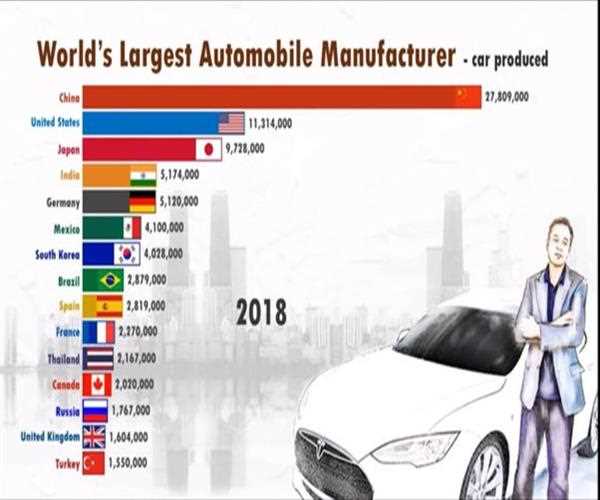India and China are two of the largest economies in the world, and they are both major players on the global stage. However, they are at different stages of development, and India is still playing catch-up to China.
Here are some areas where India is behind China:
- Economic growth: China's economy has grown at an average rate of 9% per year for the past 30 years, while India's economy has grown at an average rate of 7% per year. This means that China's economy is now about four times the size of India's economy.

- Infrastructure: China has invested heavily in infrastructure, such as roads, railways, and airports. This has made it easier for businesses to operate in China and has helped to boost economic growth. India, on the other hand, has not invested as heavily in infrastructure, and this has held back economic growth.
- Exports: China is the world's largest exporter, while India is the world's 12th-largest exporter. This means that China has a much larger share of the global market than India.
- Foreign direct investment (FDI): China receives more FDI than any other country in the world. This FDI has helped to fuel economic growth and has created jobs. India, on the other hand, receives much less FDI than China.
Despite these gaps, India is making progress. It has grown its economy at a rapid pace in recent years, and it has made investments in infrastructure. India is also becoming more attractive to foreign investors.
It is likely that India will continue to grow at a rapid pace in the coming years. If it can continue to invest in infrastructure and attract foreign investment, it could eventually catch up to China.
However, there are also some challenges that India will need to overcome. These include:
- Poverty: India still has a large number of people living in poverty. This will need to be addressed if India is to achieve its full potential.
- Corruption: India has a high level of corruption. This has hampered economic growth and has made it difficult to attract foreign investment.
- Inequality: India has a high level of inequality. This means that the benefits of economic growth have not been shared equally. This will need to be addressed if India is to achieve its full potential.
Despite these challenges, India is a country with great potential. If it can overcome these challenges, it could become one of the leading economies in the world.